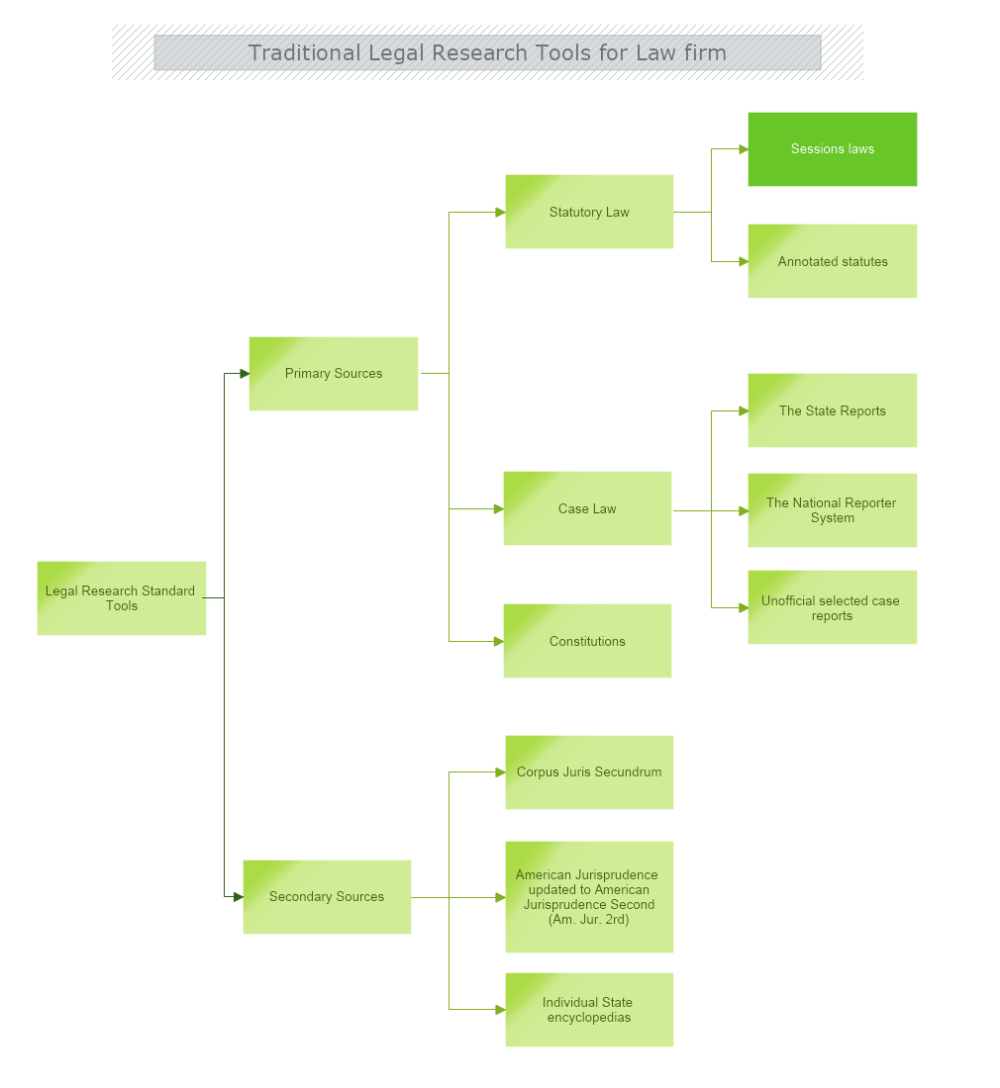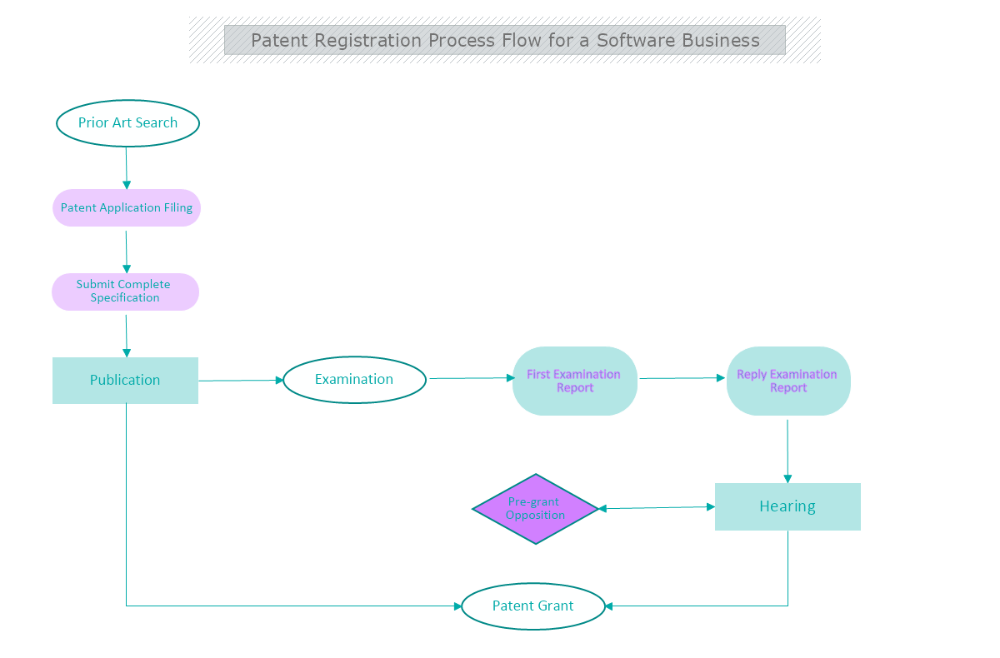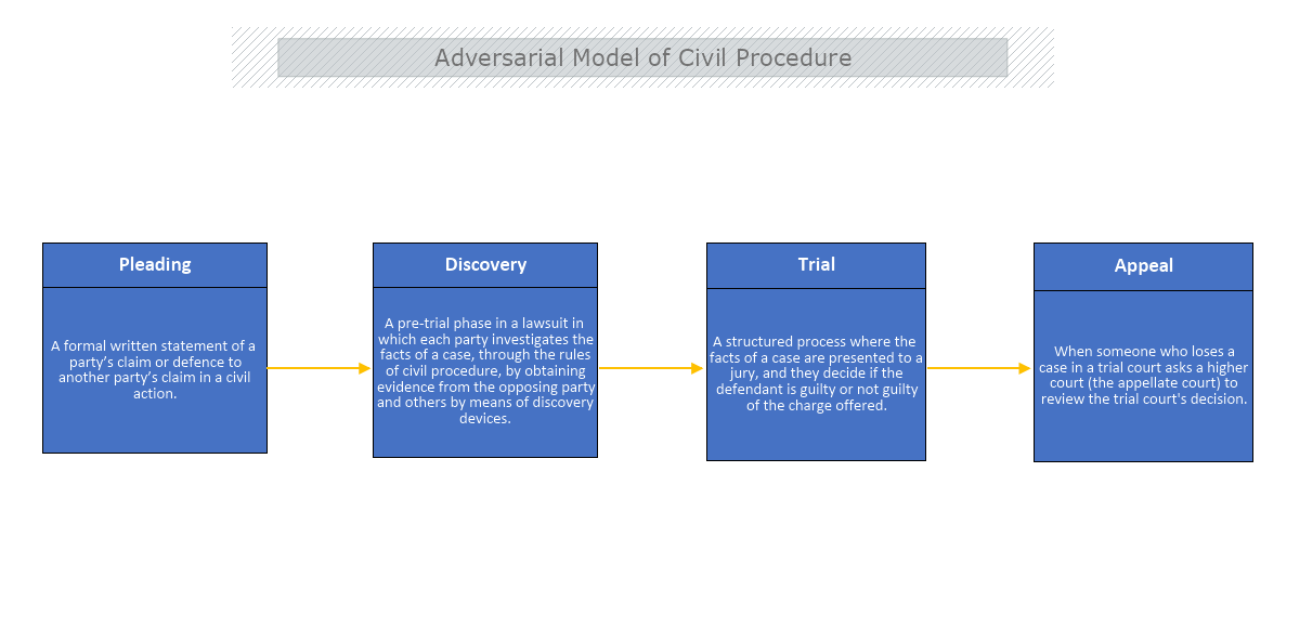
Planning and preparation are essential for our daily routine, as well as when dealing with legal situations. Unpredictable events happen and what can we do is to try to implement procedures to help us be aware of the most common legal cases and our rights.
Legal Processes include laborious investigation, documentation, and preparation that leads up to them. The above-mentioned activities can all be described with diagrams. In this way, processes are optimized, time management is improved, brainstorming can show a different perspective, and solve a legal case.
Visualizations mitigate the complex issues of comprehension, interpretability, and navigation as the target audience traverses large amounts of information. Professionals recognize the effectiveness of visualization techniques. However, professional skepticism regarding potential benefits may act as a significant limiting factor to their use.

Adopting diagrams into legal cases
An individual managing and planning legal matters must:
All of these can be put into a diagram, table, or designed with the help of MyDraw's shape libraries and fast library browser. The library browser allows you to quickly search through thousands of shapes, all categorized by their purpose field.
One of the chief advantages enjoyed by lawyers and litigating parties such as insurance companies and banks is an intimate knowledge of the processes and procedures of law, which they gain through training and repeat experience.
Those processes can all be assigned, organized, and maintained in a simple workflow process. Thus achieving informed parties, better performance managed, assignments are kept on track, and communication between departments is run smoothly.
Large corporations, governments, and businesses that litigate as part of their normal operations can adopt strategic plans including legal steps to further their long-range interests. Such litigants plan to be involved in lawsuits. They arrange their business affairs to have the best chance of winning. Businesses may also use litigation as marketing by other means when they protect their patents and trademarks in court and challenge those of their competitors. Frequent litigants can also plan their interaction with courts to obtain the optimum results.
In scenarios where there is a conflict of interest, they proposed that the parties should have a high degree of control over the process, but not over the final decision. In situations where the dispute is primarily a conflict of facts, they suggested both elements of control are best left with an impartial third party. This type of situation can be described with a flowchart. By choosing to present visually a conflict, with a flowchart, interested parties can save time and take an effective decision.
The four main stages of stages can be organized in a table. With MyDraw, you have the chance to use its rich text formattings features, such as character and paragraph formatting, table support( nest tables, split and merge table cells, insert and remove rows, apply borders), and much more.

There are four basic stages in the adversarial version of the civil legal process: